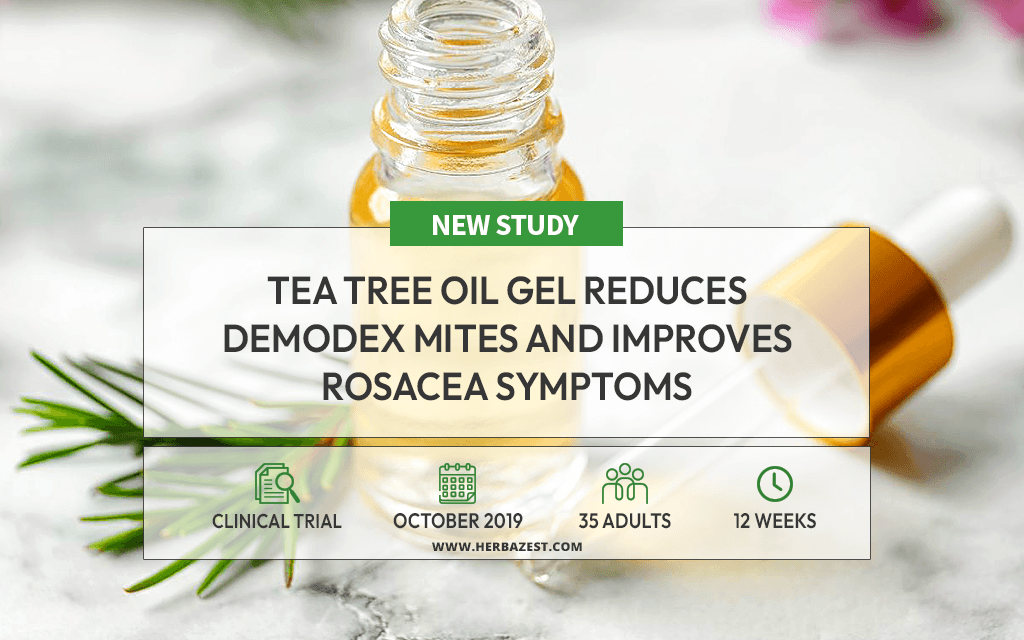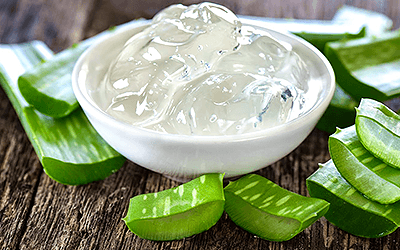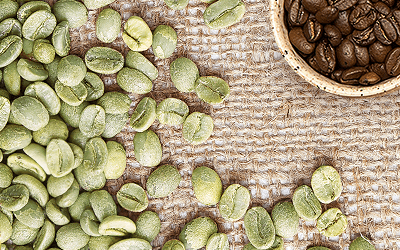For many, rosacea is more than just a surface issue. It's a daily frustration of redness, bumps, and irritation, especially on the face. While triggers vary, ranging from stress to spicy foods, a common thread in many cases of papulopustular rosacea is the overgrowth of microscopic mites called Demodex folliculorum. These skin-dwelling organisms live in hair follicles and sebaceous glands, and their presence in higher-than-usual numbers may worsen inflammation.1 A new study explored a topical treatment aimed at both the root cause and the visible signs, combining a prescription-strength insecticide and tea tree oil in one powerful gel.
The Study
In a double-blind clinical trial, 35 participants diagnosed with papulopustular rosacea were enrolled. Each participant applied two different gels: one containing 2.5% permethrin with tea tree oil and the other a placebo, on opposite sides of their faces, twice daily for 12 weeks. This setup allowed for direct comparison under real-life conditions.
Researchers tracked skin mite density using a method called standard skin surface biopsy, along with photographic evaluations and scoring based on the National Rosacea Society's criteria. They also kept a close eye on any side effects that might arise from the treatment.
The Results
By week 5, and even more so by weeks 8 and 12, the gel containing permethrin and tea tree oil showed impressive results. There was a significant drop in the number of Demodex mites, pointing to the treatment's targeted action against this contributing factor.
Improvements were also noticeable to the naked eye: redness, papules, and pustules had all decreased. Patients using the gel also reported less stinging, burning, and dryness compared to the placebo group. On the flip side, itching was more prominent in those using the placebo.
Importantly, the treatment was well tolerated with no severe side effects reported.
What Does this Mean?
This study offers promising news for people with rosacea seeking an effective and gentle solution. The combination of permethrin, a well-known anti-parasitic agent, and tea tree oil, a natural antimicrobial with soothing properties, tackles both inflammation and mite overgrowth.
Tea tree oil for rosacea is gaining attention for its ability to calm irritated skin while addressing underlying triggers. The dual action makes it a practical option for long-term rosacea care, especially when traditional treatments fall short or cause unwanted side effects. This blend bridges conventional and plant-based skincare, offering a more balanced path toward skin recovery.
Other plant-based ingredients with similar calming and antimicrobial benefits include chamomile, calendula, and licorice root, often found in clean skincare formulas aimed at sensitive or inflamed skin.
Sources
- Journal of Cosmetic Dermatology, The efficacy and safety of permethrin 2.5% with tea tree oil gel on rosacea treatment: A double-blind, controlled clinical trial, 2019
Footnotes:
- National Rosacea Society. (n.d.). The Ecology of Your Face: Demodex, Rosacea and You. Retrieved March 28, 2025, from https://www.rosacea.org/patients/the-ecology-of-your-face-demodex-rosacea-and-you




